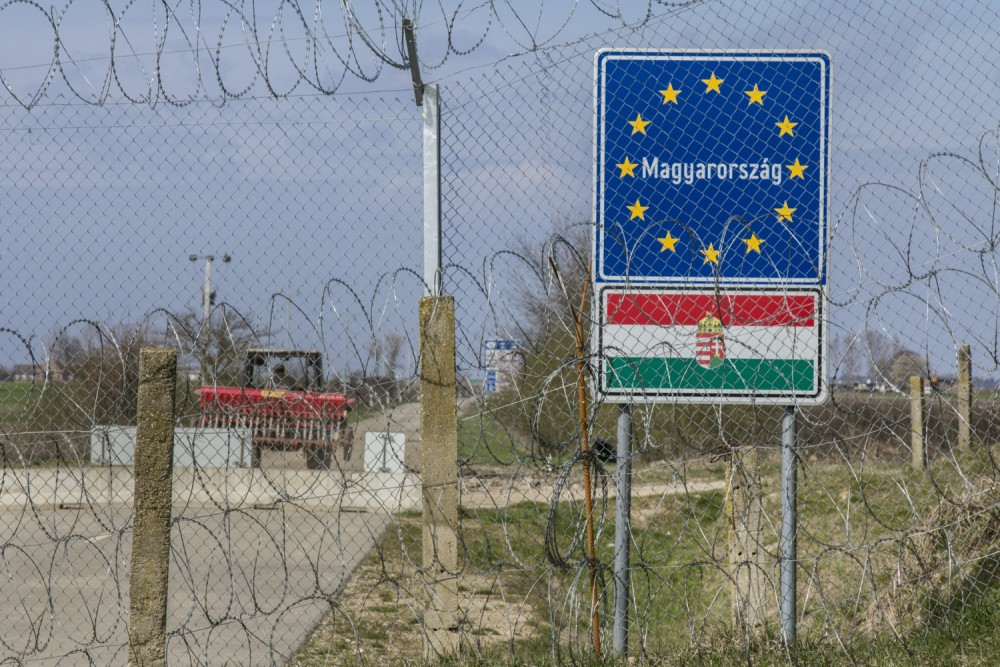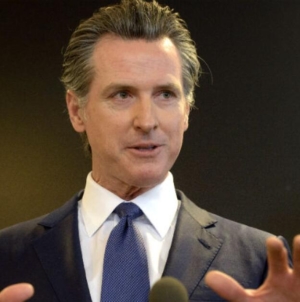The share of non-EU-born migrants in the European Union’s labor force continues to grow. In 2024, foreign-born workers made up 6% of employed people aged 15–64, up from just under 4% a decade ago. However, Hungary remains one of the EU’s most resistant outliers: only 0.5% of its working-age employed population is made up of non-EU migrants — one of the lowest ratios in the entire bloc.
Across the EU, significant portions of working-age migrants remain unemployed, particularly in major host countries like Germany, France, Spain, and Italy — where their numbers can reach into the millions. Language barriers and weak integration further complicate the situation, increasing pressure on welfare systems and heightening risks of social tension and deviant behavior, according to recent data.
In several EU countries, migrants now make up a significant portion of the working-age population. In Malta, 27.3% of employed 15–64-year-olds were born outside the EU — a dramatic rise of 22 percentage points over the past decade. Other countries with high shares include Cyprus (16.1%), Estonia (15.7%), and Ireland (11.1%).
Western European countries also reported steady increases:
In contrast, Central and Eastern Europe maintain extremely low figures. Hungary’s 0.5% puts it near the bottom of the EU list, alongside Slovakia (0.3%), Bulgaria (0.2%), and Croatia (0.7%). The Hungarian Government’s longstanding stance — “Hungarian jobs for Hungarians” — appears to reflect this trend.
As more migrants enter Europe’s workforce, the question is not just how many work — but how well they integrate. In many countries, large numbers of working-age non-EU migrants remain unemployed, despite being of employable age.
In 2024, there were 22.3 million non-EU migrants aged 15–64 living in the EU. Of these, 10.2 million were not working. That means 46% of working-age non-EU migrants were unemployed across the EU.
Country-specific data paints a mixed picture:
-
Belgium: 65% of working-age non-EU migrants unemployed
-
Denmark: 55%
-
France: 52% (1.6 million people)
-
Germany: 40% (2.3 million people)
-
Spain and Italy: Around 40%, with 1.2–1.5 million jobless in each country.
Unemployment among migrants is not just an economic issue. Extended joblessness, combined with limited language skills and cultural isolation, increases the risk of social exclusion and deviant behavior — including substance abuse and crime, analysts warn.
As 2021 data reports, 4% of non-EU migrants aged 15–64 in the EU could not speak the host country’s language at all, while 11% had only basic proficiency.
In some countries, the numbers were significantly higher:
-
Estonia: 22% had no local language skills; another 22% spoke only at a basic level
-
Cyprus: 30% had no language skills; 23% only basic
-
Netherlands: 9% none, 23% basic
-
Austria: 7% none, 19% basic
-
Germany and France: Around EU average.
Hungary, however, stood out in a surprising way: 56% of non-EU migrants spoke Hungarian at a native level — likely due to linguistic and cultural similarities with guest workers from neighboring countries like Serbia and Ukraine. Similar patterns were seen in Croatia (75%), Portugal (75%), and Spain (59%), reflecting post-colonial or regional migration trends.
The EU faces a complex challenge: while non-EU migrants are increasingly vital to filling labor shortages, particularly in aging societies, the uneven distribution of employment, language acquisition, and integration across Member States creates persistent social and economic tensions.
As the migrant share of the workforce continues to rise, policymakers must grapple with how to build inclusive labor markets while avoiding the social fallout of exclusion.
Related article
Fences First: Physical Barriers Now Define Europe’s Response to Migration

From the Balkans to the Baltic, EU Member States are turning to walls and wire as the continent shifts toward hardline border control.Continue reading
Via Oeconomus; Featured image: MTI/Máthé Zoltán
The post 6% and Rising: Migrants Play Bigger Role in EU Jobs Market, But Not in Hungary appeared first on Hungary Today.
Source link
































